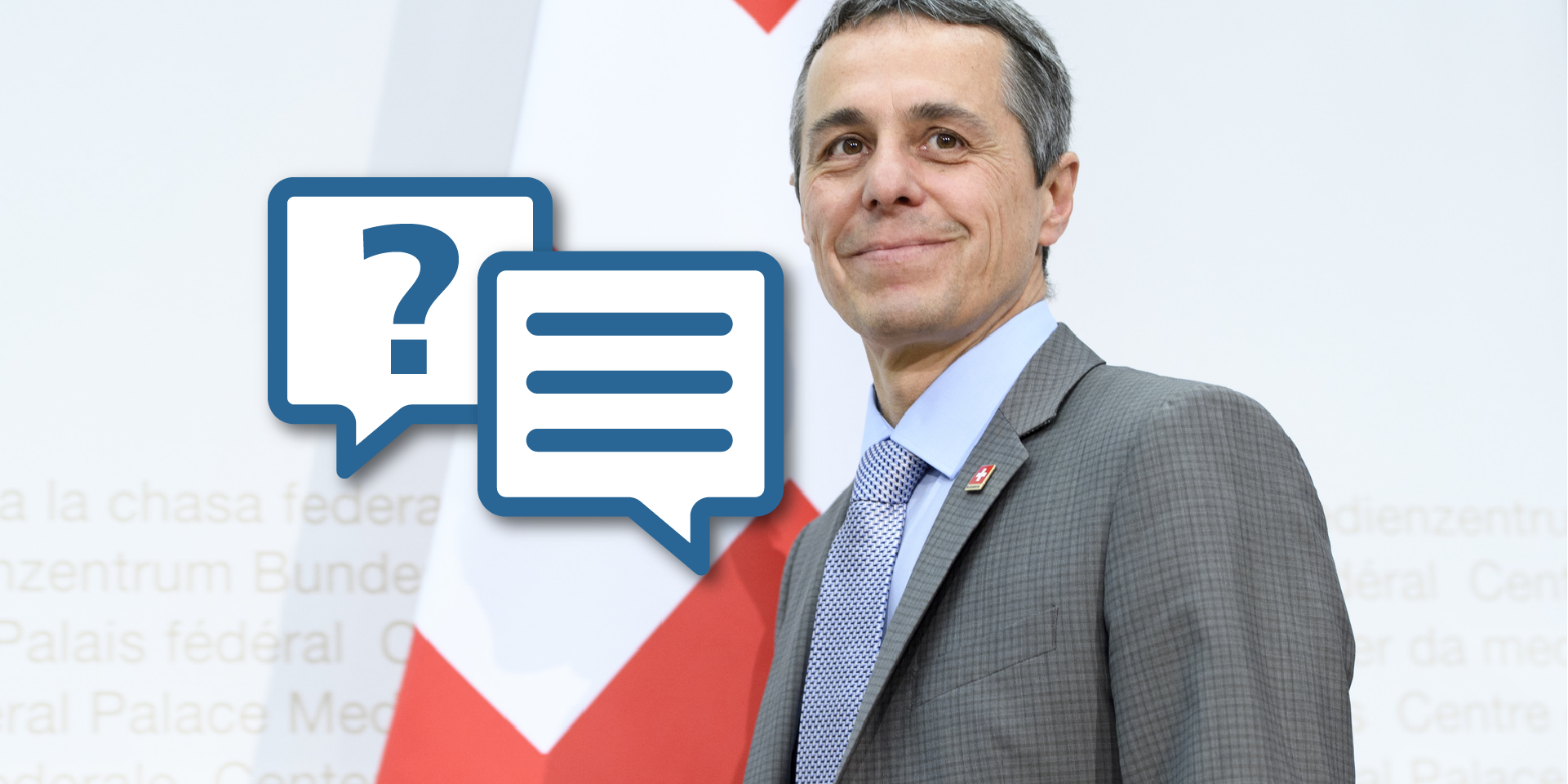Switzerland–Vatican: a shared history with many chapters
Switzerland had no formal diplomatic ties with the Vatican for almost five decades. In 1920 the Federal Council decided to restore diplomatic relations with the Holy See. A century later, relations between Switzerland and the Vatican are excellent and talks are already under way on strengthening this cooperation.
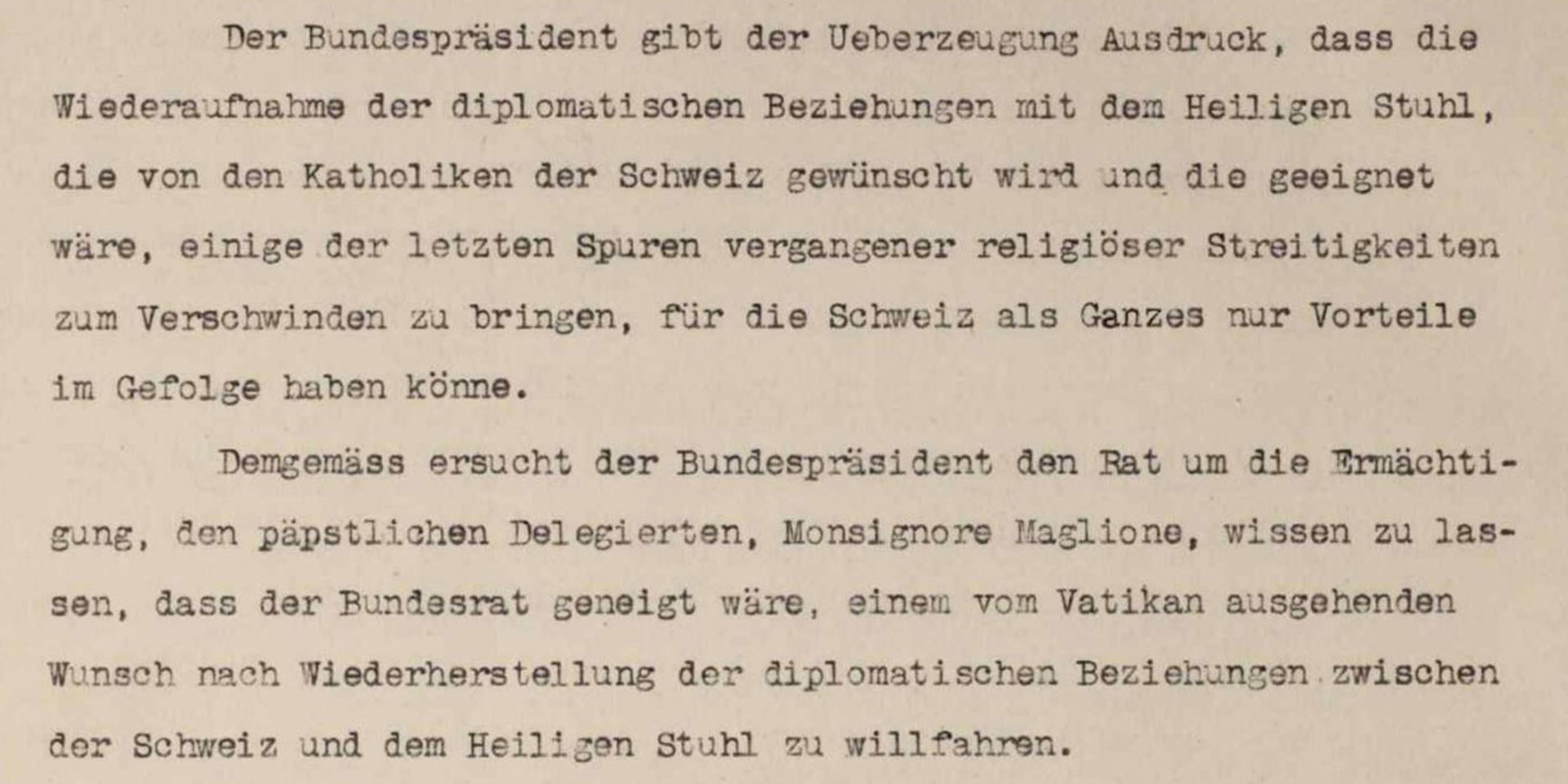
Excerpt from the minutes of the Federal Council meeting: On 18 June 1920 Giuseppe Motta, President of the Swiss Confederation, put the motion to the Federal Council to restore diplomatic relations with the Holy See. © Federal authorities of the Swiss Confederation
18 June 1920 marked a historic turning point in bilateral relations between Switzerland and the Vatican. It was on this day that Giuseppe Motta persuaded his fellow federal councillors to re-establish diplomatic relations with the Holy See. The Vatican welcomed the decision. On 8 November 1920, the new papal nuncio to Switzerland presented his credentials to President Motta, bringing the almost 50-year-long break in diplomatic ties to an end.
Visit by Cardinal Pietro Parolin
In 2020, Switzerland and the Vatican celebrated 100 years of the resumption of diplomatic relations. In this framework, an official meeting between Federal Councillor Ignazio Cassis and the Vatican Secretary of State, Cardinal Pietro Parolin, was planned last year in Bern. However, due to the COVID-19 pandemic, the visit had to be postponed. It will now take place on 8 November 2021. For this reason, the FDFA has decided to republish the article "Switzerland–Vatican: a shared history with many chapters" from December 2020 on its website.
Informal contact
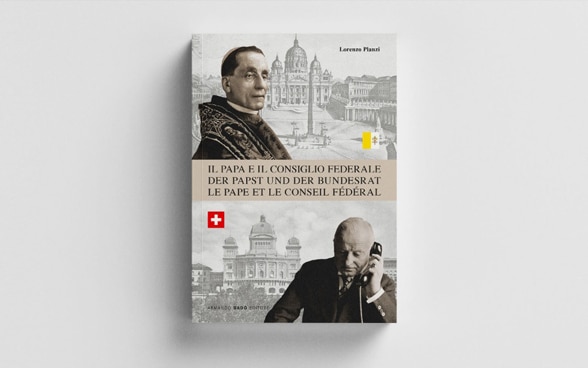
The cooling of relations with the Vatican dated back to 1873 when Pope Pius IX sharply criticised the 'Kulturkampf' in Switzerland. The Federal Council responded by severing diplomatic ties. However, as historian Lorenza Planzi explains in his book 'Il Papa e il Consiglio federale/Der Papst und der Bundesrat/Le Pape et le Conseil fédéral' (The Pope and the Federal Council, cf photo to the left), Switzerland and the Holy See continued to maintain informal relations from 1873 to 1920, when diplomatic ties were officially restored. (Interview).
A shared history spanning several centuries also helped bring Switzerland and the Holy See closer together again. There was the Swiss Guard which had served successive popes and protected the Vatican since 1506 (cf. also the Federal Council press release of 11 December 2020). Another example was the Apostolic Nunciature. When it was established in Lucerne in 1586, France was the only other state to have official representation on Swiss soil: at that time its ambassador resided in the canton of Solothurn.
Humanitarian cooperation
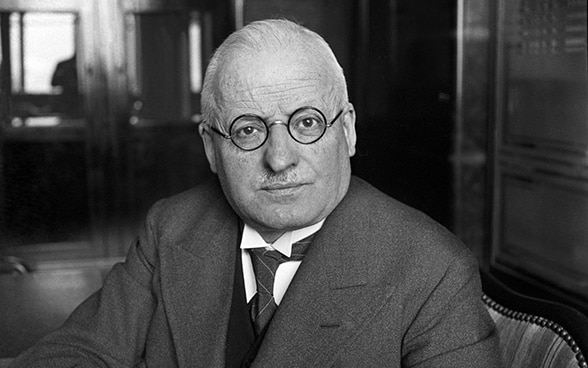
However, it was the humanitarian action of both parties immediately prior to 1920 that largely paved the way for the re-establishment of diplomatic ties. During the First World War, the Vatican supported Switzerland's efforts to persuade Germany and France to agree on the mutual exchange of severely injured POWs. The Vatican also worked to ensure that sick and wounded soldiers received medical treatment on neutral territory – in Switzerland.
Cooperation during the war played a decisive role in the resumption of diplomatic relations between Switzerland and the Vatican, as the minutes of the Federal Council meeting in June 1920 bear out, "Wartime relations with the papal delegates and, by extension, the Vatican were most satisfactory. It is clear that there is a willingness on the part of the Holy See to formalise these de facto ties." When presenting his credentials to President Motta on 8 November 1920, the new papal nuncio Luigi Maglione praised Switzerland as a country which combines "German reflection with French intellect and Italian sensitivity".
Plans to mark the centenary
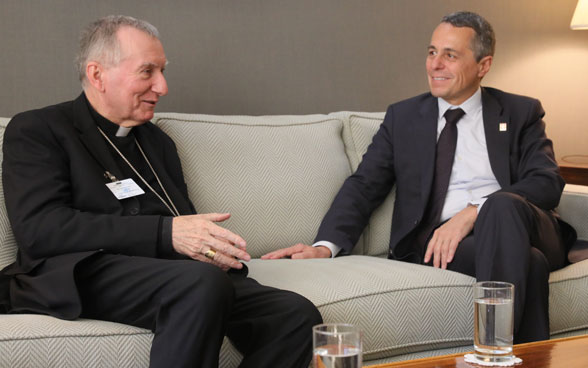
An official meeting between Federal Councillor Ignazio Cassis and Cardinal Pietro Parolin, the Vatican's Secretary of State, to mark the 100th anniversary of the restoration of diplomatic relations was planned to take place in Bern. Both men had already addressed the subject when they met on the sidelines of the UN General Assembly in New York in September 2019. After the official talks, they were to travel to Fribourg to open the conference on 'Switzerland and the Holy See: a rich history, from the Middle Ages to a shared commitment to peace'. Lorenzo Planzi would have also presented his book at the event. Owing to the COVID-19 pandemic, however, these plans are now on hold.
Ignazio Cassis: "Time to embark on a new chapter"
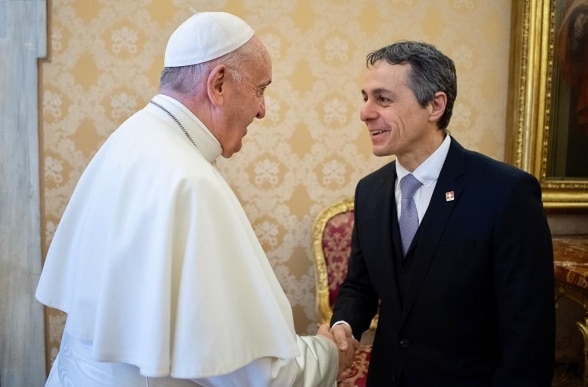
A century on, Switzerland and the Vatican enjoy excellent diplomatic relations. In an interview with kath.ch at the end of October 2020, Mr Cassis went further, "I believe the time has come for Switzerland and the Holy See to embark on a new chapter." For the head of the FDFA, who last year had a private audience with Pope Francis in the Vatican, this new chapter could take the form of closer cooperation on a range of issues.
According to the Swiss foreign minister, Switzerland and the Holy See share similar values and interests in a number of areas, "starting with the Swiss Guard right through to our opposition to the death penalty." But there are differences too, such as the Vatican's conservative stance on the family. "We do not share this view", Mr Cassis told kath.ch.
A Swiss embassy in the Vatican?
One possible way of demonstrating the healthy state of diplomatic relations could be the establishment of a Swiss representation in the Vatican. There have been repeated calls for such a move, including the postulate submitted by Doris Fiala in December 2012. In her motion, the FDP National Councillor stated that the increasingly important role played by religion in politics and rising interreligious conflicts are an undeniable fact, and "Whether we agree with its stance or not, the Holy See is a powerful voice on matters such as human rights and fundamental freedoms, particularly the freedom of thought, conscience and religion, intercultural and interreligious dialogue, the treatment of religion by secular states and the challenges of political Islam."
Swiss interests represented by an ambassador-at-large
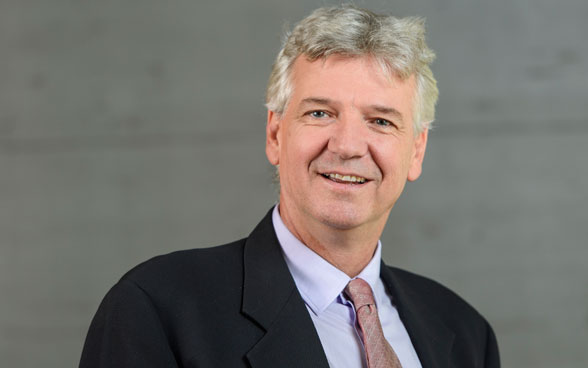
In 1991, the Federal Council named an ambassador to serve as a special envoy to the Holy See, bringing to an end the one-sided nature of Swiss-Vatican diplomacy. This step was prompted by discussions on the situation surrounding the Bishop of Chur, Wolfgang Haas. Later, the Federal Council decided to resolve the issue of diplomatic representation through 'cross accreditation', whereby a resident Swiss ambassador in another country would also serve as an ambassador-at-large to the Vatican. Since 2014 Switzerland's interests in the Holy See have been represented by the Swiss ambassador to Slovenia.
Switzerland is not the only state to use cross-accreditation. Many other states do not have a resident ambassador to the Holy See. Furthermore, the Swiss ambassador to Italy, who resides in Rome, is forbidden from representing Switzerland's interests in the Vatican. This is due to the Lateran Treaty of 1929 between Italy and the Holy See, which stipulates that a foreign ambassador to Italy who resides in Rome cannot also hold Vatican accreditation.
For the Federal Council, this approach already allows Switzerland to maintain diplomatic contact. It also stated in its response of 13 February 2013 to the Fiala postulate that the Pontifical Swiss Guard not only raises Switzerland's visibility but also offers Swiss officials privileged access to key interlocutors in the Holy See. Consequently, it considered that these conditions already ensure that Switzerland receives political reporting from the Vatican as well as preferential access.
In his interview with kath.ch, Mr Cassis said that the FDFA is currently exploring the possibility of appointing a resident Swiss ambassador to the Holy See. Commenting on discussions so far, the head of the FDFA noted that "No decision has been made yet."
Links
- Federal Council press release (11 December 2020): "Swiss government agrees funding to renovate barracks of Pontifical Swiss Guard”
- Lorenzo Planzi, 'The Pope and the Federal Council'
- Interview with Lorenzo Planzi
- Bilateral relations Switzerland–Holy See (Vatican City)
- Interview Ignazio Cassic 29.10.2020: "When I was an altar boy, I secretly tried the communion wine in the sacristy."
- Interview Ignazio Cassic 30.10.2020: "Switzerland is exploring the possibility of appointing a resident ambassador to the Vatican"
- FDFA press release (04.05.2019): "Federal Councillor Ignazio Cassis is received by Pope Francis and will attend the swearing in of the Swiss Guard at the Vatican"

